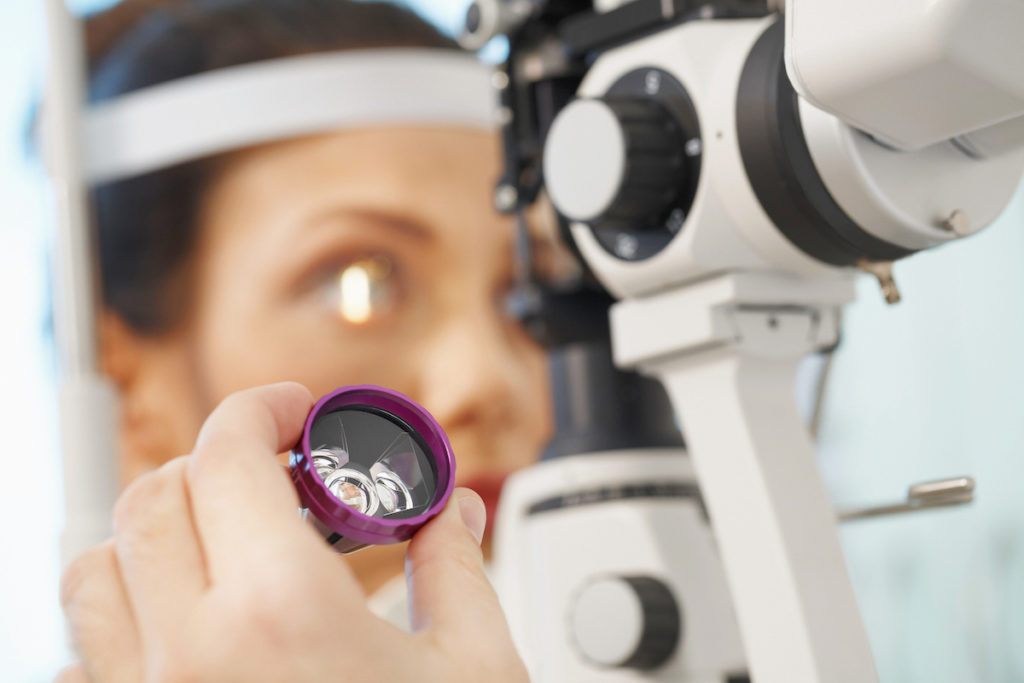Introduction
Cataract surgery is one of the most common and successful procedures performed in the world today. It is a safe and effective way to restore vision in patients with cataracts, which are cloudy or opaque areas in the lens of the eye. However, as with any medical procedure, cataract surgery is constantly evolving and improving. In this blog post, we will discuss some of the latest advances in cataract surgery and how they are improving outcomes for patients.
What are Cataracts?
Cataracts are cloudy or opaque areas in the lens of the eye that can cause vision loss. They are most commonly caused by ageing, but can also be caused by injury, disease, or certain medications. Cataracts typically develop slowly, and patients may not notice any changes in their vision at first. However, as the cataract becomes more advanced, symptoms such as blurred vision, glare, and difficulty seeing at night can occur.

Cataract Surgery
Cataract surgery is a safe and effective way to restore vision in patients with cataracts. During the procedure, the cloudy lens is removed and replaced with an artificial intraocular lens (IOL). The IOL is designed to focus light onto the retina, which is the light-sensitive part of the eye.
The traditional method of cataract surgery is called phacoemulsification. During this procedure, a small incision is made in the eye, and an ultrasound probe is used to break up the cloudy lens. The pieces of the lens are then suctioned out of the eye. The IOL is then inserted into the eye, and the incision is closed.
Advances in Cataract Surgery
Cataract surgery has come a long way in recent years, thanks to advances in technology. Some of the latest advances in cataract surgery include:
Femtosecond laser-assisted cataract surgery: This technology uses a laser to make precise incisions in the eye. This allows for a more accurate and predictable procedure. With this technology, the surgeon can also make incisions that are smaller, which may result in a faster recovery.
Customized IOLs: In the past, cataract surgery patients were limited to a few basic types of IOLs. But now, with the advent of customized IOLs, patients have more options to correct their vision after surgery.

For example, Toric IOLs are designed to correct astigmatism, which is a common condition that causes blurred vision. Multifocal IOLs can correct both distance and near vision, allowing patients to see clearly without glasses for many activities. Extended depth of focus (EDOF) intraocular lenses are a newer type of intraocular lens (IOL) that is used in cataract surgery. These IOLs are designed to provide a broader range of vision than traditional monofocal IOLs, which only correct for distance vision. These IOLs allow patients to see clearly at a range of distances, from distance to intermediate, which makes them ideal for patients who spend a lot of time working on computers or tablets.
More accurate measurements: With technology, the measurement of the eye is more accurate than ever before, this allows for a better prediction of the final outcome of the surgery. This ensures that the IOL is placed in the correct position in the eye, resulting in better vision for the patient.
Benefits of the latest advances
The benefits of the latest advances in cataract surgery are numerous. Patients who have femtosecond laser-assisted cataract surgery often experience a faster recovery and fewer complications than those who have traditional cataract surgery. Customized IOLs can also provide patients with better vision after surgery and reduce the need for glasses.
More accurate measurements can also ensure that the IOL is placed in the correct position in the eye, resulting in better vision for the patient.
Conclusion
Cataract surgery is one of the most common and successful procedures performed in the world today. Thanks to advances in technology, cataract surgery is becoming even safer and more effective.






About The Author: Dr Nathan Kerr
Dr Nathan Kerr is a Melbourne-based ophthalmologist and specialist in glaucoma and cataract surgery.
Dr Kerr practices in East Melbourne, Doncaster, and Vermont South.
More posts by Dr Nathan Kerr